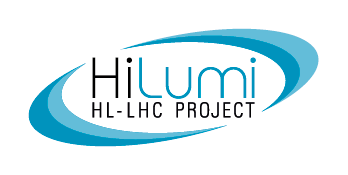• Review technical solutions for DS around IR7 and IR2
• Studies of different locations for IR7 and final layouts
• TCLD design: settings and material choices. Functional specifications
• Review key/critical points in the ECR (installation, safety, transport…)
• Collimation quench tests with protons: can we quench with proton beams?
• Collimation quench tests with ions and BFPP quench tests
• Benchmark of simulations: peak energy deposition for the different test
• Quench limits and possible limitations from cryogenics
• Status of cryogenics limitations for different loss scenarios
• Comparison of present dipole and 11T dipole
• Review of relevant aspects in ions runs
• Plans for bumps in different IRs: IR1/5 without TCLD and IR2 with TCLD (without 11T)
• Are the bump solutions robust enough for the HL-LHC
• Luminosity reach with the present upgrade scenarios
• Brief highlights from the crystal collimation tests with ion beams during Run 2
• Overview talk from WP11: where we are and what are the plans for LS2
• Final configuration of cold masses and corrector package in new locations
• Summary of LS2’s ECRs
• IR7 upgrade plans in LS2 and LS3
• Experience from Run I and Run II
• Expectations for HL-LHC
• Review of beam tests with the low-impedance prototype
• Other mitigation options for impedance issues (new optics, asymmetric settings, new ATS) and drawbacks: theory and beam test results
• Layout for new IR1 and IR5
• Protected aperture and baseline settings
• Proposed material choices and their performance
• Layout for new IR1 and IR5: TCLs and masks
• DS losses at high luminosity: any limitations for proton operations?
• Status of mask specifications
• Overview of the overall plans, with specific aspects for WP5
• Review tolerances and specifications
• Timeline for critical decision points
